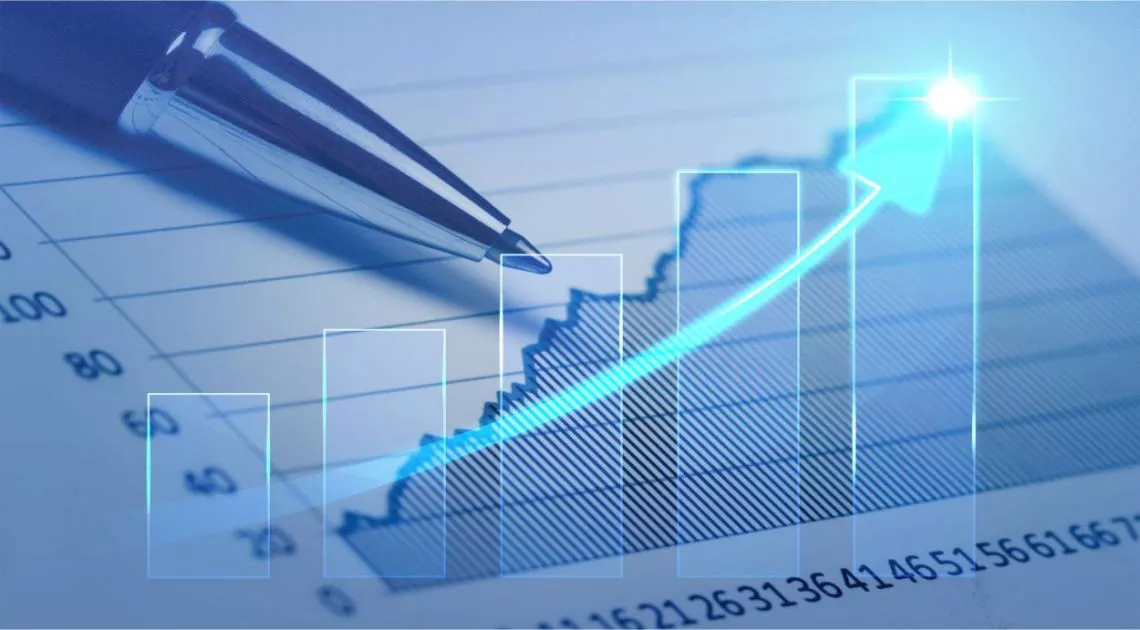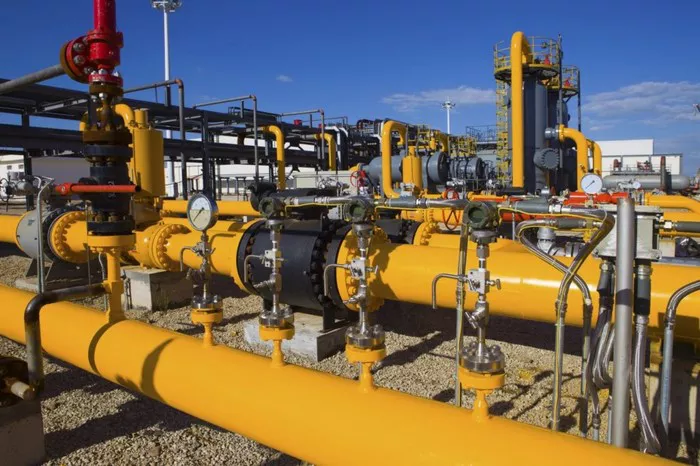Asian stocks are on track for their biggest drop in a month, as fears over upcoming US tariffs and a growing trade war continue to weigh on investor sentiment. Gold, on the other hand, surged to a record high as demand for safe-haven assets increased.
Asian Markets Struggle Amid Tariff Worries
A regional index of Asian equities dropped 1.3%, with Taiwan’s market hitting its lowest point since September, primarily due to losses in the technology sector. Japanese stocks also saw a decline, partly due to the ex-dividend date for most companies marking the end of their fiscal year. Meanwhile, cryptocurrencies retreated, and US Treasury yields saw a slight decrease. Equity-index futures for Europe indicated potential pressure on stocks, while US futures remained relatively unchanged.
Concerns are mounting as President Donald Trump is set to announce “reciprocal tariffs” on April 2, following his decision to impose a 25% tariff on all non-US-made automobiles. Investors are adjusting their strategies, with many turning cautious in anticipation of the new tariffs, which they fear may affect inflation and growth in the US economy.
Investors Look for Stability Amid Volatility
“It’s a fool’s errand to try and predict what Trump will do,” said Xin-Yao Ng, an expert from Aberdeen Investments in Singapore. However, he added, “Our plan is to focus on companies whose fortunes are less dependent on tariff decisions and use any market volatility to find bargains if significant weaknesses emerge.”
Trump’s upcoming tariff announcement has already stirred market uncertainty. He has referred to the April 2 tariffs as a “Liberation Day” and has promised that reciprocal duties will be “very lenient.” However, experts like Kaanhari Singh, Barclays’ head of Asia cross-asset strategy, warned that the risks associated with these tariffs are still not fully priced into the market.
Many investors are now adopting a more cautious approach, either reducing their exposure or shifting to safer assets. This sentiment has led to lower volumes in the Treasury market, as traders remain hesitant to take large positions. Some are even turning to options for protection ahead of the anticipated tariff announcements.
US Economic Data and Inflation Concerns
Following a stronger-than-expected US economic growth in the fourth quarter, investors are closely watching economic indicators, particularly the Personal Consumption Expenditures (PCE) price index, which is due for release on Friday. This data is the Federal Reserve’s preferred measure of underlying inflation.
Kyle Rodda, a senior market analyst at Capital.com, noted that the upcoming data has taken on greater significance due to the uncertainty surrounding the Trump administration’s trade policies.
Bond Market Moves and US Inflation Expectations
The bond market is showing signs of stress, with the 30-year US Treasury yield surpassing its five-year counterpart by the widest margin since early 2022. This shift suggests that traders are concerned about potential interest rate cuts by the Federal Reserve, especially if US economic growth slows. The demand for long-term Treasury bonds has driven yields to their highest levels in a month, as investors seek compensation for the risk that tariffs may drive US inflation higher.
Fed Bank of Boston President Susan Collins also weighed in, noting that tariffs could lead to short-term price pressures, although the duration of these effects remains uncertain.
Other Regional Developments
In Japan, inflation in Tokyo accelerated, which could lead the Bank of Japan to implement gradual interest rate hikes. The yen strengthened against the dollar following the report, reaching around the 150.70 level.
Meanwhile, in Australia, stock movements were largely flat following the announcement that national elections will be held on May 3.
Corporate and Commodity Updates
In the corporate world, shares of Nio Inc., a Chinese electric vehicle maker, dropped by as much as 8.1% after the company announced a $518 million share placement in Hong Kong.
In the commodities market, oil is set to post its third consecutive weekly gain as investors brace for the impact of more tariffs from the Trump administration. Meanwhile, gold prices surged to an all-time high of $3,077.60 per ounce, with several major banks, including Goldman Sachs, raising their year-end price target to $3,300 per ounce due to increased demand for the precious metal.
Related topics:
































